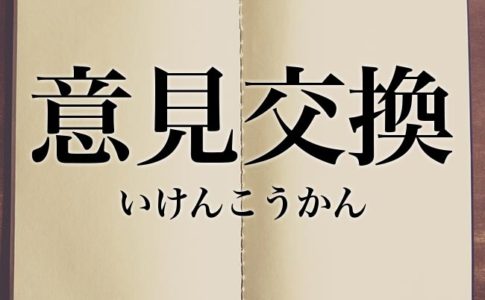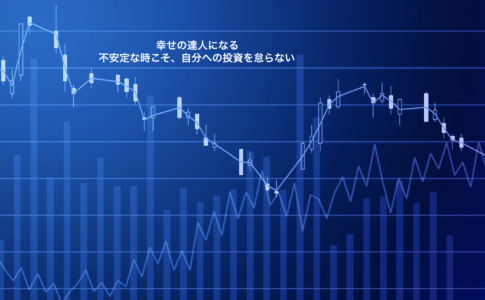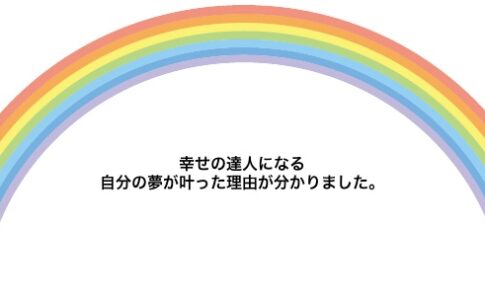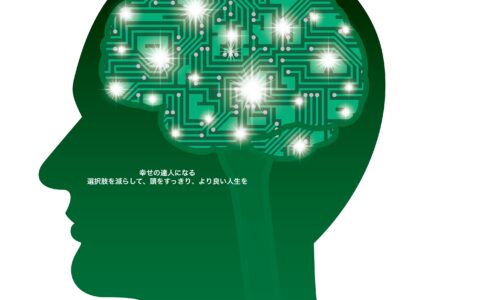以前このブログで、ロゴス(西洋的論理)とレンマ(東洋的論理)を取り上げたことがありました。
https://masterofhappiness.com/wp-admin/post.php?post=1263&action=edit
ビジネスの場においては、圧倒的にロゴスのアプローチが必要となりますが、今日は、ロゴスの基本となる三つの推論方法を紹介してみたいと思います。
まずは、演繹法 (deduction)です。
演繹法とは、ある事象について論理的に思考を展開して結論を導き出す推論方法で、三段論法とも言われます。図式化すると、『普遍的前例(大前提 -> 小前提)』→『 結論』となります。
次に、帰納法 (induction)です。
帰納法は、さまざまな事象から共通の出来事を見つけて、それを一般的な法則とする推論法です。図式化すると、『多くの具体的事例』→『共通項』→『結論』となります。
最後が、仮説的推論 (abduction)です。
「帰納法」と「演繹法」はある事象または複数の事象から結論を導き出しますが、「アブダクション」は結論が先にあり、その結論を理解するために仮定を使って新たな結論を導き出す推論法です。図式化すると、『結論 (具体的事例)』 → 『原因 (普遍的前例)推測』 →『 仮説構築』となります。それでは、これら三つの推論方法を使った例文を探してみましたが、ネットでいい例文が見つかったので紹介してみます。
演繹法
【事実1】
ラーメンはカロリーが高い。
【事実2】
カロリーが高いものを食べると太る。
【推論】
ラーメンを食べると太る。
帰納法
【事実1】
ラーメン好きのAさんは、太っている。
【事実2】
ラーメン好きのBさんは、太っている。
【事実3】
ラーメン好きのCさんは、太っている。
【推論】
ラーメンを食べると太る。
仮説的推論
【事実1】
家の近くのラーメン屋の店員は、全員太っている。
【普遍的事象】
ラーメンを食べると太りやすい
【推論】
あの店の店員はみな、ラーメンばかり食べているのだろう
(English)
I’ve covered Logos (Western logic) and Lemma (Eastern logic) before on this blog.
While the Logos approach is by far the most important in business, today I’d like to introduce three basic Logos methods of reasoning.
The first one is deduction.
Deduction is a method of reasoning that draws conclusions from the logical development of thought about an event, also known as the three-step process.
It can be schematized as “Universal Precedent (Major Premise -> Minor Premise)” → “Conclusion”.
Next, there is induction.
Induction is a method of inference which finds common events from various events and takes them as general rules.
It can be diagrammed as ‘many concrete cases’, ‘common denominator’, and ‘conclusion’.
Lastly, there is abduction (hypothetical reasoning).
While ‘induction’ and ‘deduction’ draw conclusions from one or more events, ‘abduction’ is a method of reasoning in which the conclusion comes first and then a new conclusion is drawn using assumptions to understand the conclusion.
Schematically, it is ‘Conclusion (concrete case)’ → ‘Cause (universal precedent) inference’ → ‘Hypothesis construction’.
I tried to find example sentences using these three methods of reasoning, and I found a good example online.
[deduction]
Fact 1; Ramen noodles are high in calories.
Fact 2; Eating high-calorie foods makes you fat.
Reasoning; Eating ramen makes you fat.
Fact 1; Mr. A. is a ramen lover and is overweight.
Fact 2; Mr. B. is a ramen lover and is fat.
Fact 3; Mr. C. is a ramen lover and is fat.
Reasoning; Eating ramen makes you fat. [abduction]
Fact 1; The staff at the ramen shop near my house are all fat.
Universal Event; Eating ramen noodles makes you fat.
Reasoning; All the staff in that restaurant must be eating only ramen.
















コメントを残す